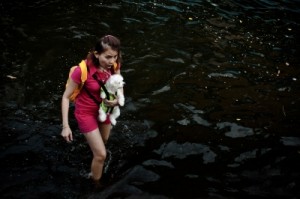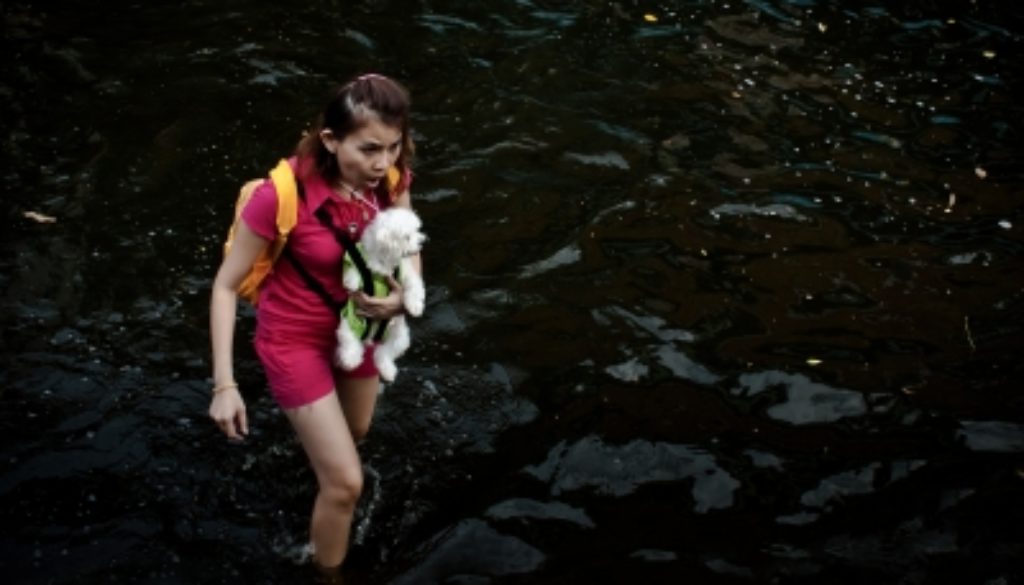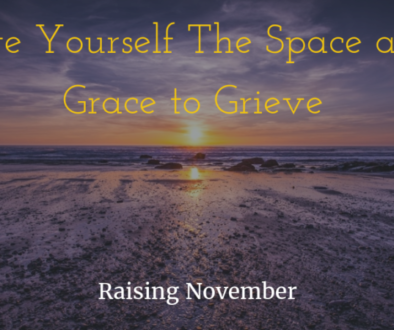Our Basic Survival Kit
 Today, I’d like to share how we started to pack up bug out bags for each member of the family. Since we live in Tornado alley, we get lots of chances to practice our skills of weather watching and getting to the shelter in time. However, until this year, we didn’t have quite the handle on packing up everyone’s needs before heading out.
Today, I’d like to share how we started to pack up bug out bags for each member of the family. Since we live in Tornado alley, we get lots of chances to practice our skills of weather watching and getting to the shelter in time. However, until this year, we didn’t have quite the handle on packing up everyone’s needs before heading out.
The daughter with autism and diabetes is on 7 medications. A few are not life threatening if she doesn’t get them, but if we were in a situation that was prolonged – weeks or months of a disaster situation – we would all be in trouble without those meds. They help her control her moods and help curb her violent tendencies.
Have you ever watched the really popular TV show called The Walking Dead? Basically, it’s about life after a virus takes over humans and when we die (for any reason) we turn into zombies. It’s a hard life. Society falls, no electricity, little clean water. No McDonald’s drive through! No insulin production, and no pharmacies.
My daughter wouldn’t last. Between her psychotic mood swings and her lack of ability to control her toileting, she would be a health risk to herself and anyone trying to live with her.
On the other hand, she’d probably be fine with certain things like sleeping wherever she had to and eating natural foods – which would help with her diabetes. (it’s type 2 and can be reversed with good food choices)
My point is that life can be extremely different after a disaster, even something like a tornado or natural flood. It’s a good idea to prepare for as much as you can, even if that is just creating a plan for where to go and what to do if something happens to your home.
I’m going to share what our bags look like for each of us in the family – 4 women, ages 11 -65. Then, I’ll share what a basic survival kit can look like, which is what I’ll be building for us too.
11 year old –
- 1 backpack – with the following inside.
- As many changes of clothing as we can fit. Pants mostly – lightweight + tshirts + bras and undies
- Pull ups – she can’t controll her bladder fully and has constiapation that causes runny stool. Her meds cause runny stool too. So, she has to at leas sleep in a pull up.
- her pill box – it’s a big box with compartments for 4 times per day. She has morning, evening, and bed time pills. There’s one for lunch, but she doesn’t have meds with lunch yet.
- A small insulated bag to keep her insulin in. Insulin has to stay between certain temperatures. Long term, the bag won’t help, but short term, it can.
- washrag
- baggies – for wet clothes and the washrag
- extra meds (whatever we have on hand at the time – sometimes 2 -4 weeks worth)
- socks
- extra shoes
15 year old –
- Back pack – she pretty much just packs clothing. She doesn’t have any meds right now.
- Her driver’s lisence and a
- pair of extra shoes.
- her ipad, phone, charger, ipod
Me –
- Backpack –
- 2 sets of clothes – socks
- medical records + copies of everyone’s IDs (school photo id, driver’s license, social security cards, insurance cards, ect)
- pain pills – I have bad arthritis
- plastic sacks, baggies
- more pull ups for the 11 year old.
- snacks – mostly atkins bars that won’t spike the 11 year old’s sugars and won’t spoil easily
- money
- phone, charger
- My guns (2 small handguns + ammo) I have a concealed carry liscence and know how to safely carry and use them for hunting and defending my family.
(a side note: we are a family of all females – two of which are slow or disabed physically and mentally – we are a target and at extra risk. I choose to not be victims)
My mom –
- backpack
- her meds
- clothing for a couple or 3 days
- extra shoes
- copies of her IDs + money
The dogs – (3 little ones)
- a bag of food
- bowl for water + water bottle
- melatonin to help them stay calm in case there is loud storms or other noise (like zombies trying to get in and eat us, lol)
- blanket or towel in the bottom of their carrier
- leashes
So those are what we pack when we know a tornado is on the way and can only hope that there would be help soon after. If it were longer term? I’m not sure we could accurately prepare for that. It is part of what we are studying this month here at Special Needs Kids Talk Radio.
Here’s an idea of what can go into a basic survival kit for when you aren’t sure you’ll have help or access to any kind of modern convenience for a while.
What you need:
- Food
- Water
- Shelter
- Warmth
- First aid
An emergency can crop up anywhere. The contents of the survival kit might vary slightly depending on whether you were on land or water. A basic survival kit should always have food and water supplies. While you can survive a few days without food, you can’t survive long without water.
Food supplies for a basic kit can be MREs (meals ready-to-eat) or something as simple as emergency ration bars. (our atkins bars aren’t perfect, but will do for short term) These are bars that are packed with all of the nutrition you need to survive for several days and can easily be purchased in bulk online.
Water supply or water purification tablets – so that you can make the water safe to drink. Some people choose to pack water packets that can be kept stored for up to five years.
Signals – Some people use a signal mirror while others rely on a loud whistle to make it easier for them to be found. A whistle can also help to frighten away animals. You can also pick up flares online or at your local military surplus store.
Tools – A multi-tool knife is a must-have and can take the place of several other gadgets. You’ll need waterproof matches and a fire starter. What many survivalists use to start a fire with are cotton balls because they’re lightweight and easily burn. A sewing kit and a compass are important too. Having a paracord or other emergency cord can come in handy for securing shelter or other uses. You can buy these and wear them as a wristband if you want to.
Protection from the elements – a poncho (use a large lawn and leaf garbage bag if you don’t have a poncho) and a survival blanket. If you have small children, make sure you have enough survival blankets for them. You also want to have a tube tent.
Light – Pack a flashlight with an LED light + a lantern or hand crank flashlight with radio.
First aid materials – The first aid materials should consist of bandages, tweezers, alcohol wipes, antibiotic ointment, allergy medication and pain reliever at the very least.
Do you have any kind of kit made? It’s time to make one now, not when disaster is bearing down on your front door.




orthomol arthro ankle joint pain
11/15/2013 @ 7:21 PM
I’m just will no longer sure where you stand obtaining your facts, on the other hand good subject. I must shell out some time discovering extra as well as understanding a lot more. Appreciate your excellent info I had been trying to find this data in my quest.